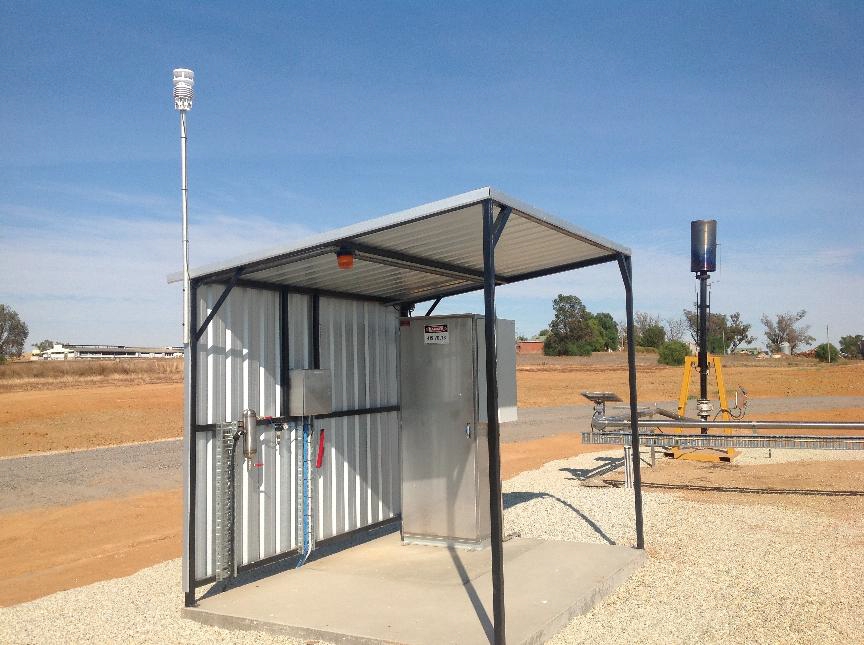In Australia high temperatures with low humidity and strong winds are dangerous conditions for bush fires. An Australian farmer captures biogas from his piggery and flares it to reduce the greenhouse gas emissions from methane. The Lufft WS500-UMB Wetterstation is used to monitor wind speed, wind direction, temperature and humidity.
These parameters are processed by a PLC to determine if the flare can burn safely in the open air. If the conditions are dangerous the flare is turned off to prevent a bush fire or possible damage to the cover. The methane is stored under a cover until it is safe to start the flare again.
The PLC communicates directly with the weather station via Modbus on the built in RS485 port. The measured values are shown on a panel screen in the control room. On the panel screen a wind direction indicator updates constantly to shown the operator the expected direction of the flame.
Guest author: Gregor Baird from ECEFast (Australia)



